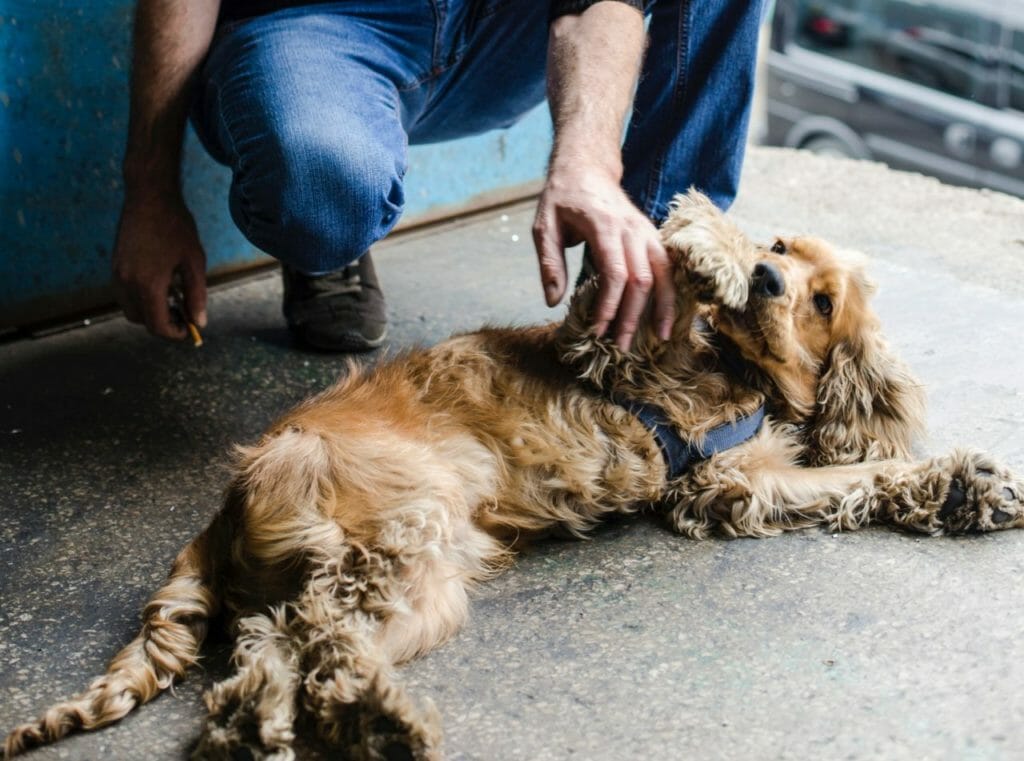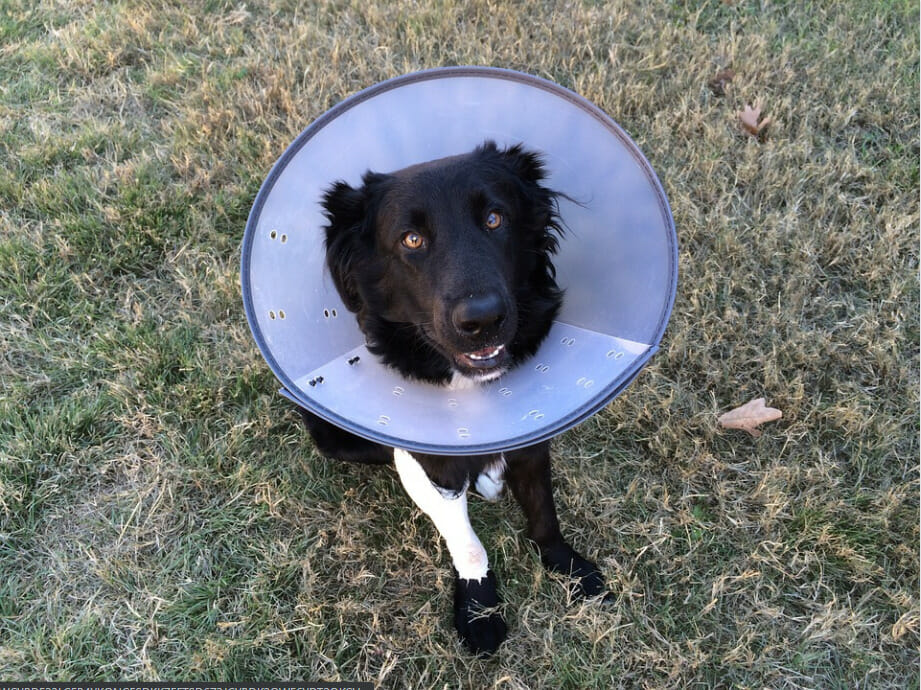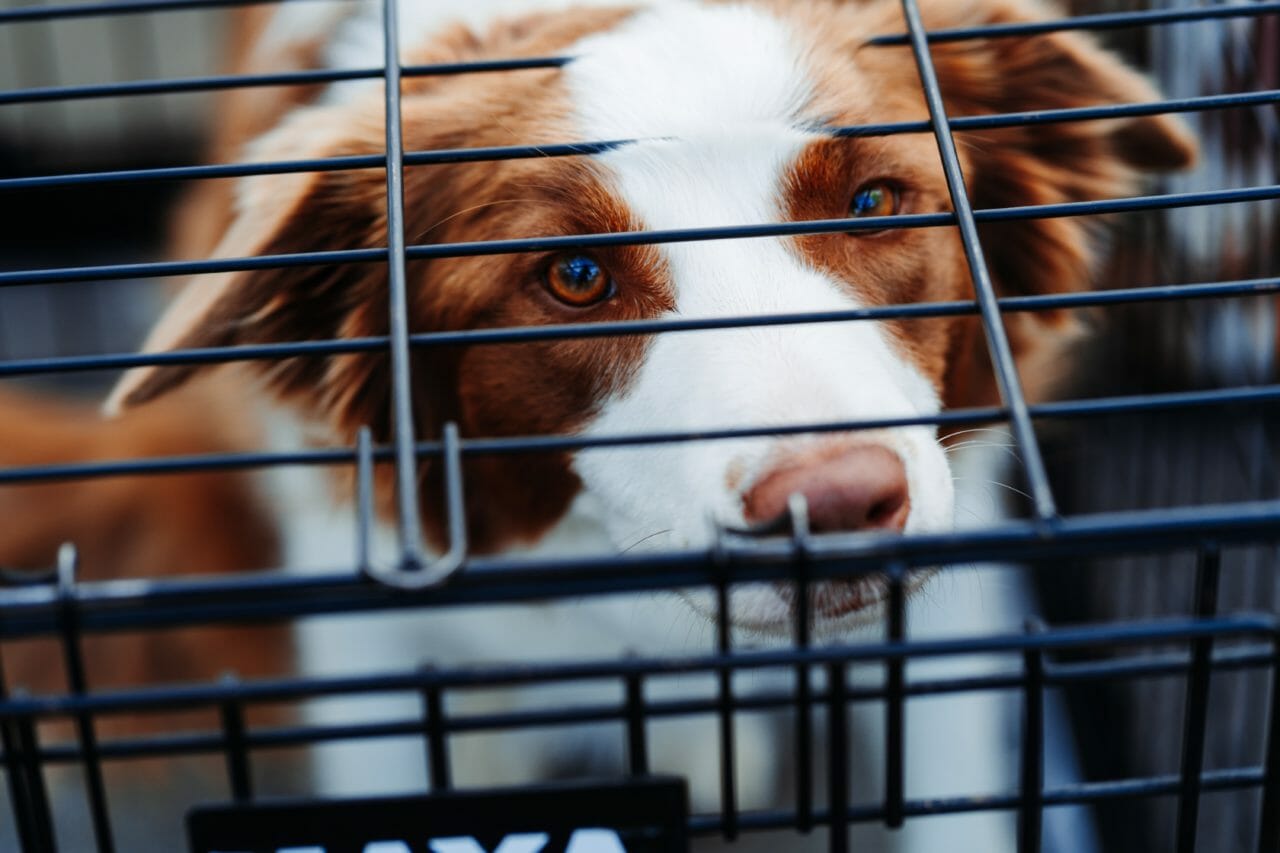A healthy spine makes for a happy pup
Just like for humans, a dog’s spine is extremely important to mobility and quality of life. Therefore, anything that can go wrong with a dog’s spine is cause for significant concern among pet parents.
That’s why you should be aware of hemivertebrae issues if you are a dog owner.
Hemivertebrae is a condition that can occur in dogs and can lead to serious health problems. This blog post will tell you everything you need to know about hemivertebrae in dogs. RehabPet.com will discuss all aspects of hemivertebrae, from causes to treatments.
What Is Hemivertebrae?
Like humans, dogs have a spinal column composed of bones called vertebrae. But unlike humans, some dogs are born with an extra set of vertebrae in the neck area.
Hemivertebrae is a condition in which the vertebra doesn’t form properly. This can cause the overall vertebrae to become misshapen and deformed, leading to the dog’s spine being abnormally twisted.
Hemivertebrae is a congenital condition, which means it’s present at birth. It can occur in any dog breed, but it’s most common in certain breeds, including Dachshunds, Bulldogs and Boston Terriers.
While a hemivertebrae problem may possibly not affect your dog, if a deformed vertebra compresses the spinal cord, it can cause serious health problems.
What Causes Hemivertebrae?
The precise cause of hemivertebrae isn’t known. It’s thought to be the result of a genetic mutation from dogs that are bred to have “screw tails”. Screw tails occur when the tail curls tightly over the back. While this condition might look cute, it can lead to hemivertebrae problems.
What Are Symptoms of Hemivertebrae?
The most obvious symptom is an abnormal curve in the dog’s spine.
The degree of the curve will depend on how many vertebrae are affected. In severe cases, the entire spine may be curved.
Other symptoms include:
- Weak hind legs or paralysis
- Loss of bladder or bowel control
- Back pain
- Won’t clean their back ends
- Lethargy
- Pain in the form of whimpering or crying
These symptoms will worsen as the condition progresses, and more of the spine is compressed. Keep in mind that as your dog grows, the symptoms may level off because its spine is done growing too. But it can continue to impair their quality of life.
How Is Hemivertebrae Diagnosed?
If you notice your dog has an abnormal curve in its spine or is showing any of the symptoms displayed above, take them to see a veterinarian as soon as possible.
They will likely order x-rays to better look at your dog’s spine. This gives the vet a clear idea of the severity of the condition and how many vertebrae are affected.
In some cases, a computed tomography (CT) scan or magnetic resonance imaging (MRI) may also be ordered to get an even better look at the spine. These scans can provide more detailed images than x-rays.

What Are the Treatment Options for Hemivertebrae?
The goal of treatment is to relieve the pressure on the spinal cord and relieve your dog’s pain. The type of treatment will depend on how severe the condition is.
If the vet deems there is no risk of your dog’s spinal cord being compressed, they may recommend pain management and close monitoring. This usually involves a combination of anti-inflammatory drugs, and bed rest may be recommended.
Surgery may be necessary if the condition is more severe and the dog’s spinal cord is at risk of being compressed. The type of surgery for hemivertebrae is a hemilaminectomy. This involves removing the deformed vertebra.
What Is the Surgical Process Like?
The surgery is performed under general anesthesia and usually takes about two hours.
The surgeon makes an incision in your dog’s back during the procedure and removes the deformed vertebra. They will also remove any bone fragments that could be pressing on the spinal cord.
After the surgery, your dog will be taken to a recovery room where it will be closely monitored. They will likely stay in the hospital for a few days so the staff can ensure they’re recovering well and have no complications.
What Is the Recovery Timeline?
The recovery process can take several weeks. Your dog will need to take it easy during this time and may need to wear a harness or cart to avoid putting weight on its back end.
They will also likely be on pain medication and anti-inflammatories. As your dog heals, it will gradually start to regain the use of its back legs. Physical therapy may also be recommended to help your dog regain strength and mobility. To help speed up your pup’s recovery, you can do the following:
- Make sure they get plenty of rest
- Keep them from running, jumping or climbing stairs
- Change their food to a soft diet
- Apply ice packs to their back for 20 minutes at a time, several times a day for the first week after surgery to help reduce the likelihood of swelling
- Ensure their bed is in a quiet place
- Make sure your dog is not licking or biting at their surgical incision
Talk to your vet about any other tips they may have and be sure to follow any plan they provide you with closely.
Closing Thoughts
If your dog has been diagnosed with hemivertebrae, it’s important to stay positive and follow your vet’s instructions. With proper treatment, most dogs can lead relatively normal lives.
While there is no way to prevent hemivertebrae completely, with proper treatment and care, most dogs can live relatively normal lives. Be sure to bring your pups back in for regular vet check-ups to ensure the condition is not progressing and keep an eye out for any changes or new symptoms.
Don’t hesitate to contact your vet if you have any questions or concerns.



